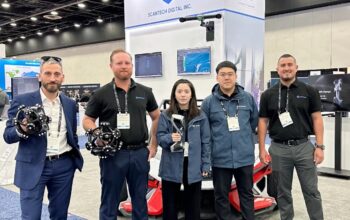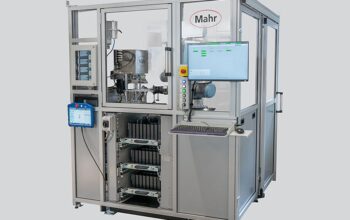A positive sign for Germany as an innovation hub: Research and development stays a focal subject in mechanical designing, as proven by the rising costs of organizations. Experts are still in high demand.
According to a VDMA survey of roughly 400 member companies, R&D expenditures in mechanical and plant engineering have increased: In 2022, nine out of ten surveyed businesses engaged in R&D. In the previous year, 59% of businesses reported an increase in R&D spending, 35% reported stability, and only 6% reported a decrease.
In 2023, R&D expenditures are also likely to rise once more: According to the survey, 54% of businesses anticipate increasing R&D expenditures. Only one out of every two businesses does not actually require R&D. The majority of the other businesses lack the necessary staff. Companies with fewer than 100 employees are particularly vulnerable to this.
“Mechanical designing keeps the speed of Research and development high and depends on Germany as an area for development,” stresses Hartmut Rauen, Delegate VDMA Head supervisor, on the event of the distribution of the review, which was done interestingly. ” But since there is an absence of Research and development workforce, advancement potential is lost, particularly in medium-sized modern organizations.”
Severe bottlenecks in R&D personnel
As per a VDMA overview, each third organization will enlist extra designers for the Research and development region in 2022. The vast majority of those surveyed also believe that the number of R&D employees in their businesses will continue to rise this year.
According to Rauen, “Mechanical and plant engineering offers the best, future-proof career prospects as the most important engineering employer and largest industrial employer in Germany.” However, for R&D personnel, the gap between supply and demand is now significant.”
This indicates that academics and specialists in research and development are currently experiencing job market bottlenecks, as observed by 90% of those surveyed. Even severe bottlenecks are mentioned by every second company in the survey. Smaller businesses frequently suffer even more than larger ones.
Most innovative competition comes from Germany
The industry’s R&D activities are being negatively impacted by a number of negative factors, including a lack of personnel and rising energy and material costs. The businesses also talk about more paperwork and stricter regulations. The overview shows that organizations are answering megatrends like decarbonization, computerization, and digitization with expanded research endeavors.
Rauen emphasizes, “We have an outstanding innovation area in this country thanks to powerful engineering sciences and innovation networks like industrial joint research.” It is not without reason that approximately half of businesses see their most innovative rivals in southern Germany. The United States, China, and Italy trail far behind.
Fiscal research funding is the number 1 funding instrument
Mechanical and plant engineering is seeing an increase in demand for the “research allowance,” a tax incentive for research that will be implemented in 2020. Every second business that uses public funding programs is already reaping the benefits of the new funding tool. The Central Innovation Program for Small and Medium-Sized Enterprises (ZIM) and other federal programs come close. Companies with between 250 and 1,000 employees enjoy the research allowance the most.
“Finally, the funding gap appears to be closing for medium-sized businesses – after systematic disadvantages in state research funding previously,” Rauen declares with joy. The instrument assists the ‘advancement with machining’ mechanical designing, change processes base up.
Click on the following link Metrologically Speaking to read more such news about the Metrology Industry.









